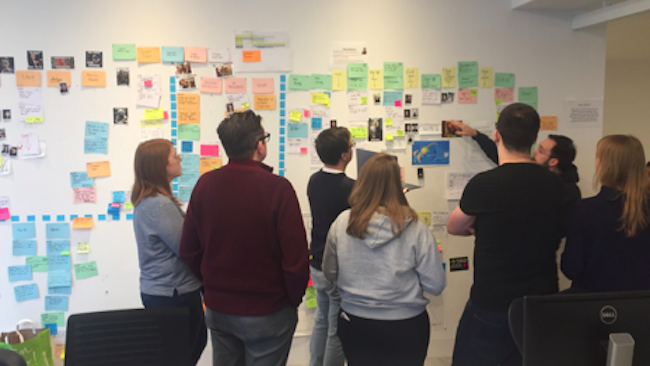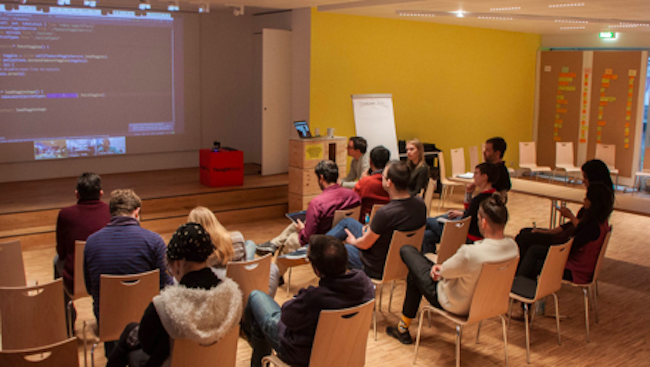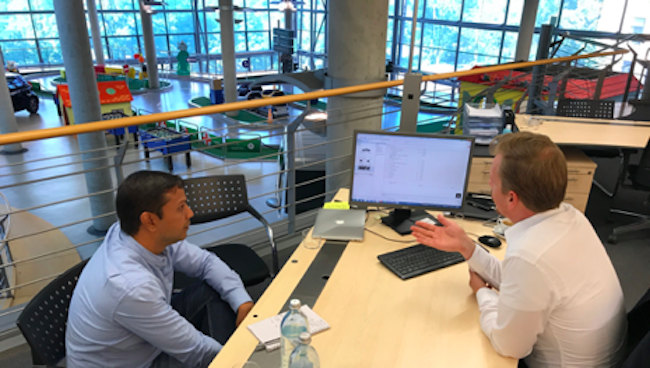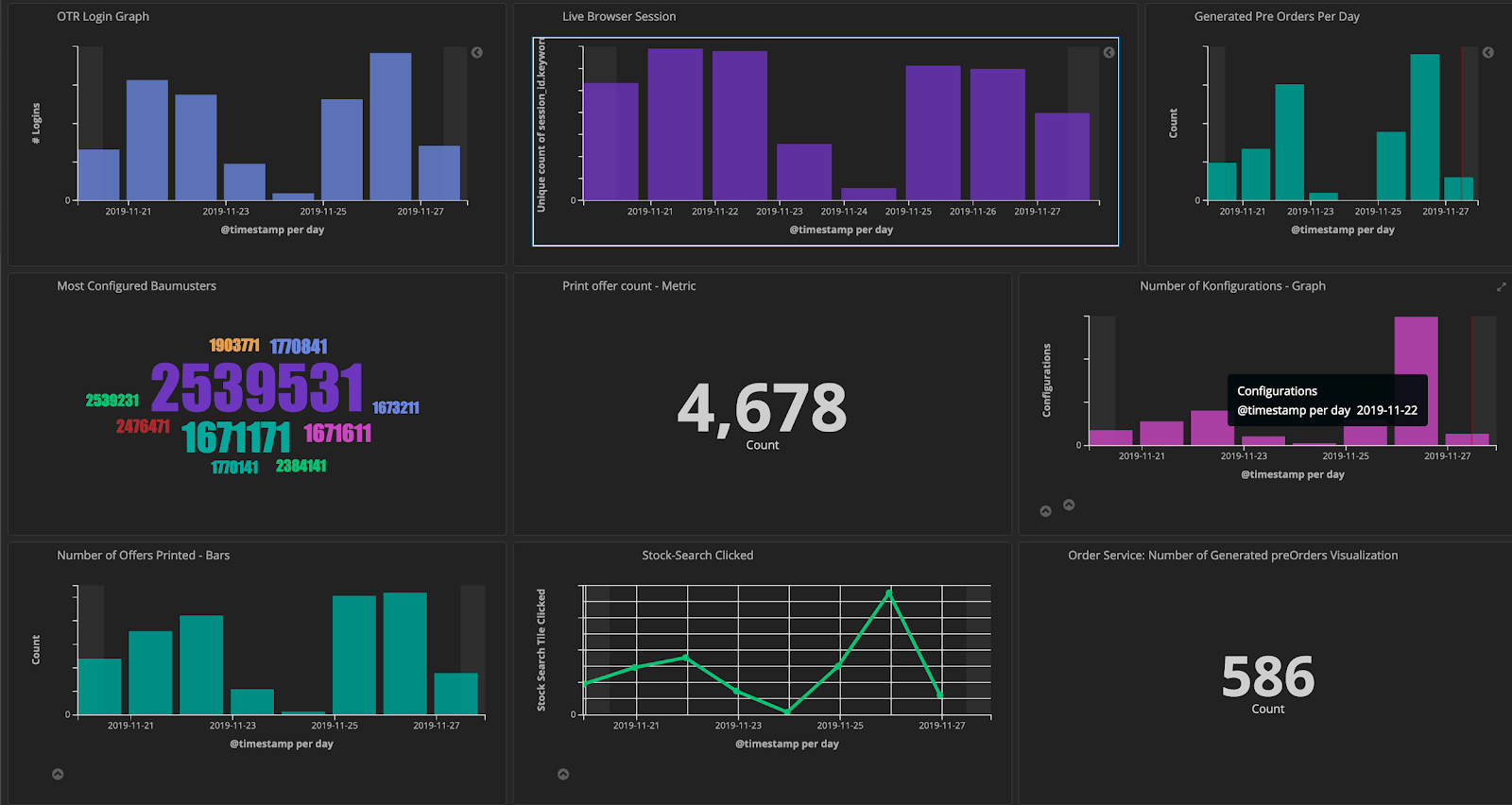Digital transformation
Mastering Digital Transformation: A Case Study (Part 1)



| Name | How often | Participants | Objective |
| Stand-up | Daily, in the morning | All team members, optionally the product owner and other interested parties | Synchronization, information regarding the work status and progress, identification of problems and dependencies, visualization of progress on the Kanban board |
| Sign-up | Daily, immediately after the stand-up | Team developers | To determine who will work on which user story on that day |
| Retrospective | Every two weeks | All team members | To identify possible improvements and assign actions |
| Showcase | Every two weeks | All project members and guests | Presentation of the work progress based on running software and presentation of different specialist topics |
| Tech huddle | Weekly | All developers in the project | Discussion of technical details, possibility for refactoring, discussion regarding the deployment of new tools |
| Project management Catch-up | Weekly | Project managers from Mercedes-Benz and Thoughtworks | Discussion of commercial and project management topics |
| Thoughtworks leadership | Weekly | Members of the Client Leadership Team | Identification of risks and possibilities to improve team and customer satisfaction |
| Mercedes-Benz M&G | Daily, 15 minutes | Mercedes-Benz project team | Current topics, decisions (previous day, today, possibly future) |
| Guild meetings | Weekly or every two weeks | Depending on the guild, e.g. security guild, QA guild, BA guild, designer guild | Further development of technical capabilities, alignment via teams, e.g. to establish a uniform design |


Disclaimer: The statements and opinions expressed in this article are those of the author(s) and do not necessarily reflect the positions of Thoughtworks.
